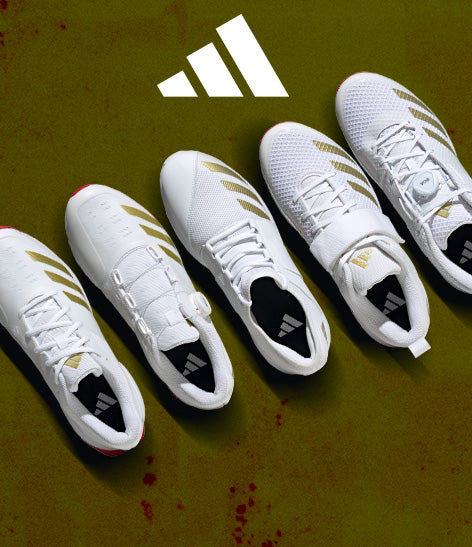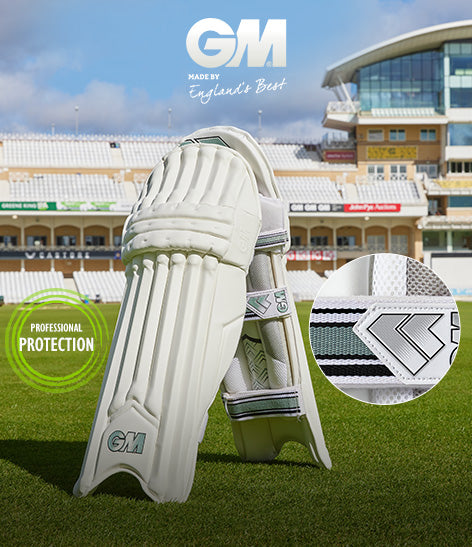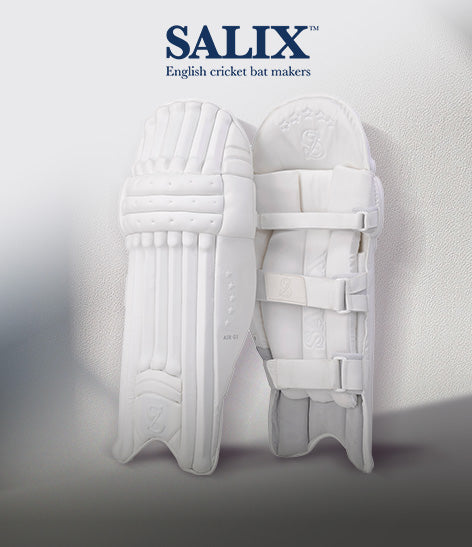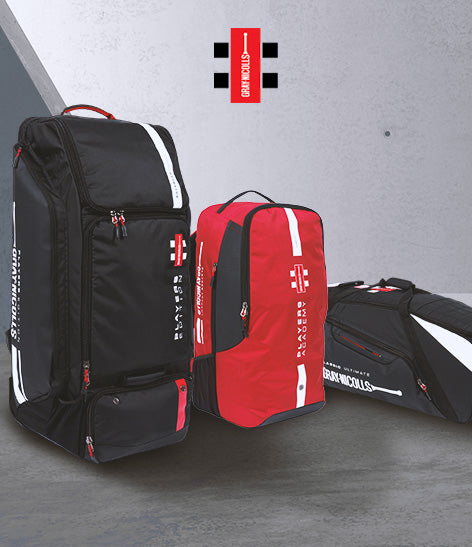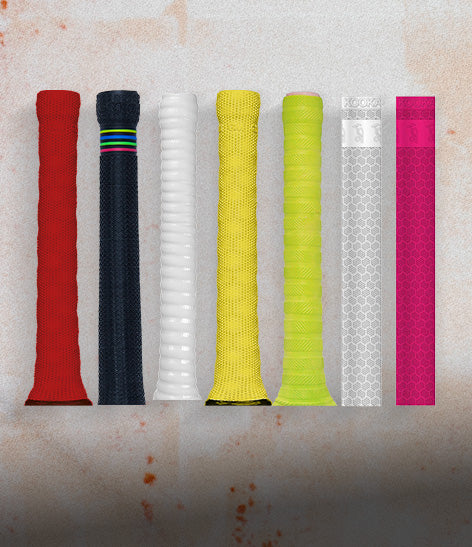Willow On Leather
There was a time when leather cricket balls where the only option when practicing however, as professionalism has grown in the game so too has the demand for tools which improve training efficiency, the most iconic being the bowling machine ball. Made entirely from rubber these balls a designed to be hard wearing & almost indestructible to be used time & again. Here will discuss the impact of practice balls on our cricket bats.
A time-honoured tradition
You can always tell when Cricket season is near, not just by the days getting longer or the sun getting stronger but also from the phrase “I can’t wait to hear the sound of willow on leather!” Not only is it a unique sound but a unique feel on the bat & this is down to the unique properties of cork, wrapped in string & encased in leather.
The criss-cross structure of willow & high content of lignin give cricket bats their strength & pliability. When a cleft is dried the moisture in the cells evaporates out leaving air behind forming a massive network of air pockets. When a cricket ball hits the bat the force from the ball is transferred into the bat, the pockets are compressed & then rebound with the iconic “crack” back into & the ball flies off, hopefully over the boundary.
Many cricketers will tell you that as the ball gets older the ball will not go as far & this is due to the efficiency of energy exchange between the outside of the ball to the core. Because the layers of cork & string have become soft, they absorb & dissipate reaction forces, less force reaches the core & the ball simply won’t travel as far.

The Bowling machine ball myth

The need for practice balls which could handle an almost infinite volume, saw the invention of the classic bowling machine balls. Like a hockey ball with its dimpled shape & appearance but much softer. The ball itself is made from a firm but pliable rubber core & then covered with a soft rubber outer. Many players believe these are ideal for playing a bat in but there is a down-side many do not consider until it is too late.
These balls are ideal for practice as they are virtually indestructible when used for their designed purpose. However, the effect on our cricket bats is far more terminal. Due to the rubber coating & inner of the ball the force hits the bat like a dead blow as the it grips on to the surface in a different way to the standard cricket ball.
The bowling machine ball will stay in contact with the face for longer, all be it fractionally, the extra time means that more torsion is created through the handle & the splice. Over time this creates micro fractures in these weak areas & soon the bat will crack. If you are lucky the handle will crack or become soft which can be replaced however if the crack appears in the shoulder, part of the blade, then this can be terminal or drastically reduce the time you have your bat for even after a meaningful repair.
The solution
So bearing all this information in mind how can we get the best out of our investment? It may sound simple for a retailer to suggest but one of the best ways to protect your main bat is to buy a lower grade will bat, which you use just when on the bowling machine or whenever you practice.
We understand that players like their favourite profile but for many if not all the manufactures we retail have the same profile is made in the lower grades of woodwith some under £130 making them a great way to protect your main investment.
We hope that you have enjoyed our guide & if you need any more advice, please do email us or get in contact with a member of staff over the phone.


